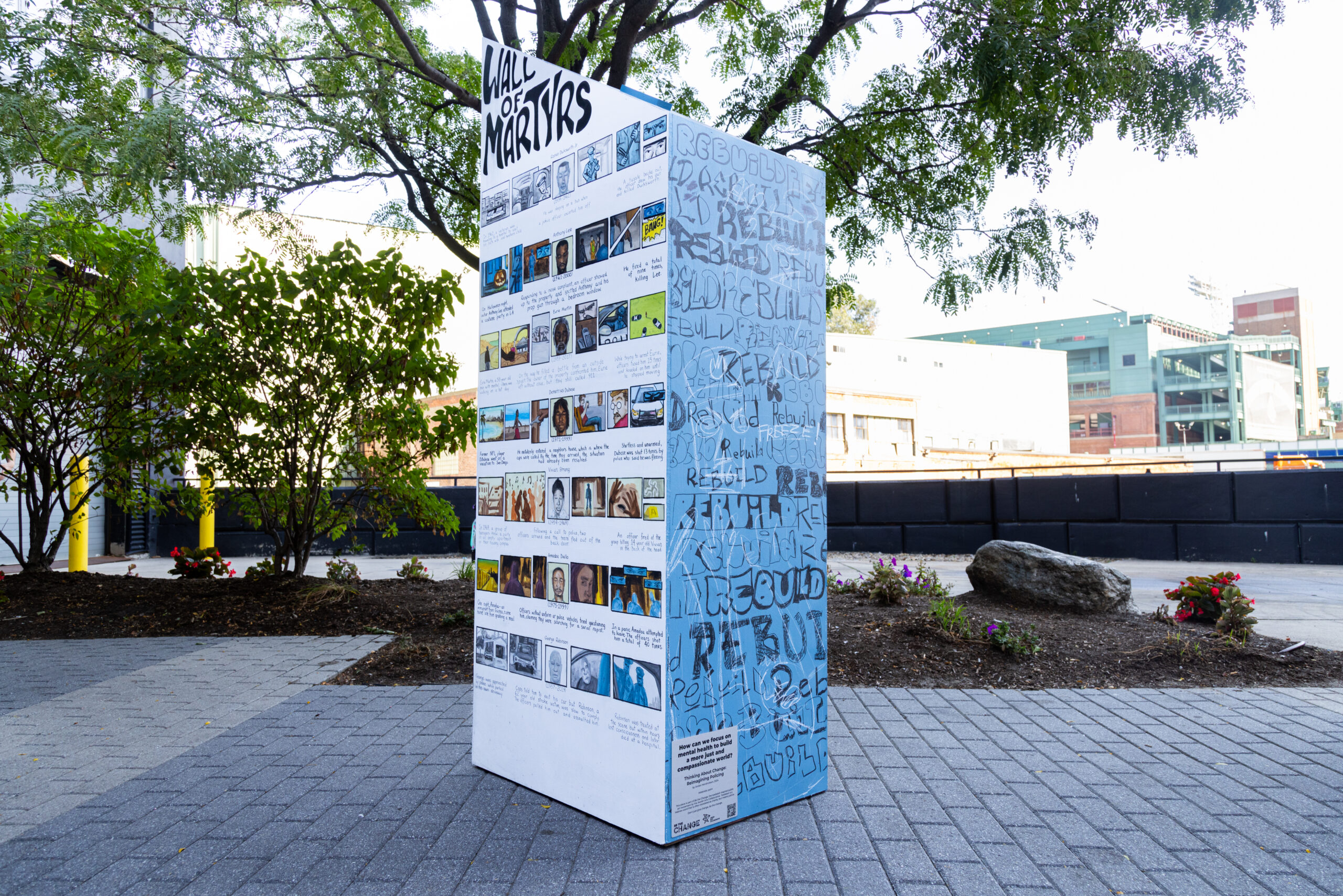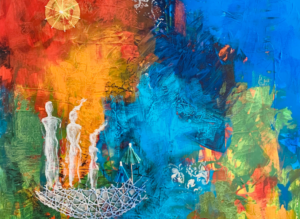Thinking About Change: Reimagining Policing
How can we create a more empathetic approach to the criminal justice system?
Published May 10, 2024

COURTESY SEVENPAIR STUDIOS
For as long as I can remember, my mom drilled into me and my brother the dos and don’ts of how to act if we were ever picked up by police. It wasn’t until I got a bit older that I realized these drills weren’t a byproduct of my mom’s neurosis but a common ritual many Black parents have with their children.
My first year of junior high school, my classmate’s friend was killed by the NYPD, shot over 50 times on the night of his bachelor party. It was at that young age I realized there was a problem with the police. And in the years that followed, that murder became just one of many national tragedies that led to the same cycle of protest, acquittal, and inaction.
The numbers speak for themselves.
According to the University of Illinois Chicago’s Law Enforcement Epidemiology Department, more than 50 million persons in the U.S. have contact with police during a traffic stop, street stop, arrest, traffic accident or resident-initiated contact in this calendar year. Of those interactions, 250,000 will result in civilian injury, and 600 will result in a civilian fatality.
Policing in America is not only broken, it is fundamentally flawed in its design in who it chooses to protect and who it chooses to villainize. Black men who are only 6% of the total American population make up 25% of those civilians killed by police.
My goal for the piece I’m creating for Be the Change is not to further enhance the divide between the police and the community they’re tasked to protect, but raise awareness in the reality that their job needs to be restructured and there are already organizations that are committed to doing that work.
In preparation for this piece, I will further commit to first studying the facts of policing. What is their role historically, where are their shortcomings, and what can be done for them to improve their role in the community? As well as the inverse; what can civilians do to understand the limitations of law enforcement, understanding the law, and the unalienable rights they have which the police cannot infringe on without consequence? And finally, with more knowledge, connect those dots with resources that exist today, such as Cambridge Heart which serves as an alternative to traditional policing.
Stay tuned as Jordan’s vision comes to life in the form of his Be the Change tzedakah box, scheduled to go up in The Fenway this August.
JArts’ mission is to curate, celebrate, and build community around the diverse world of Jewish arts, culture, and creative expression. Our vision is of a more connected, engaged, and tolerant world inspired by Jewish arts and culture.
Want more?
Get curated JewishArts.org content in your inbox


